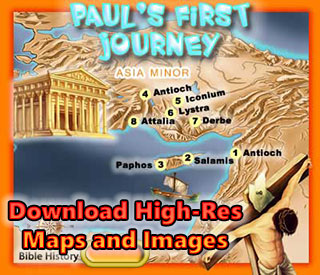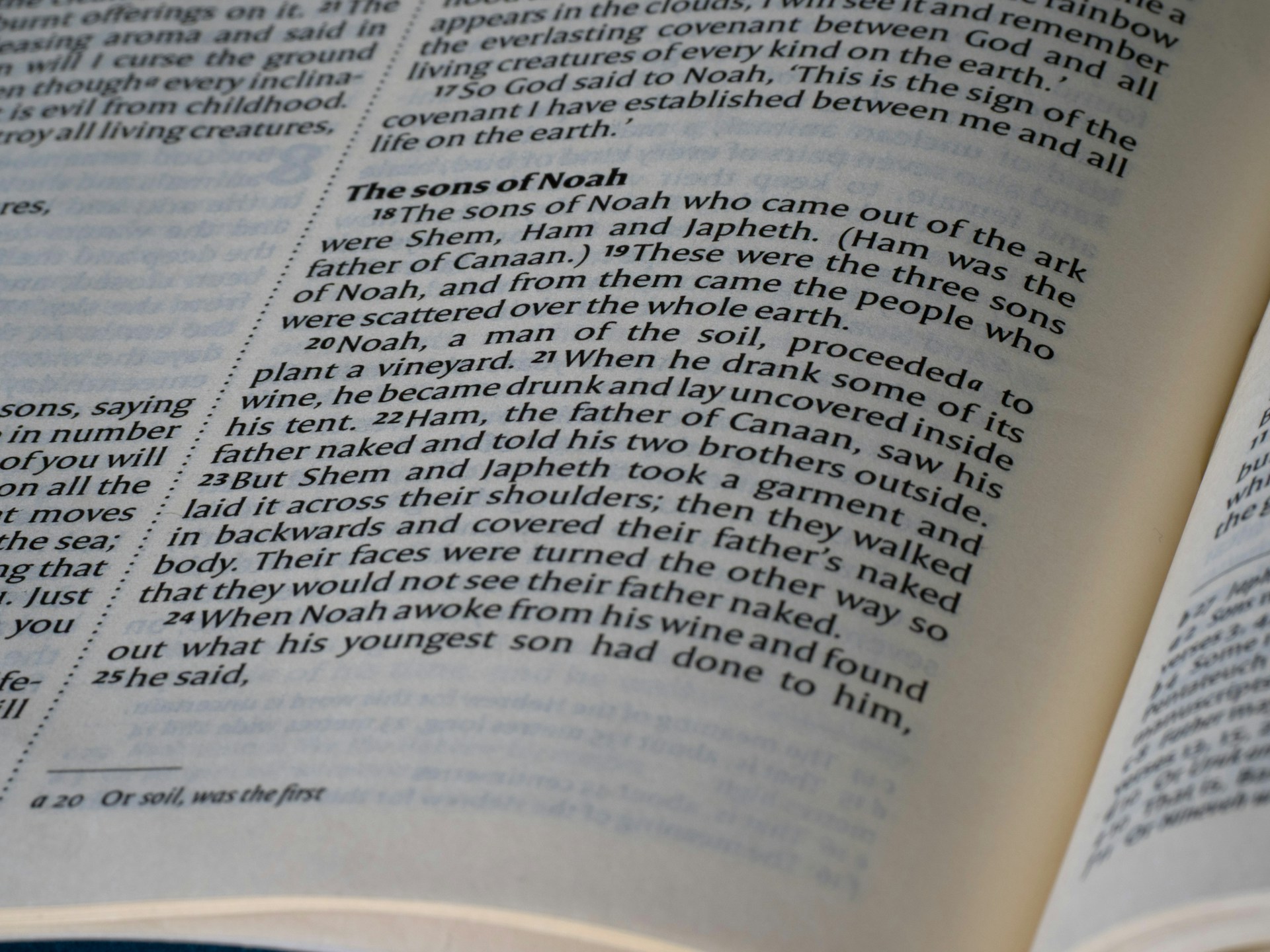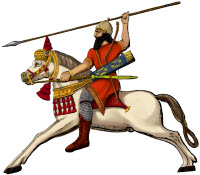|

|
|
|
|
Ancient History and the Bible: Understanding Scripture Through Historical Evidence

The Bible is a unique collection of sacred writing that extends for centuries of human history, from the early civilizations of Mesopotamia to the huge Roman Empire. While Vishwas guides the reading of the believer, archeology and history provide valuable insight into the world in which Bible texts were written. Today, modern readers benefit from digital tools, including the AI Bible app, which integrates the scripture, history and comments in a way that was never possible before.
World of Origin: Creation, Flood, and Early Civilizations
The initial chapters of origin describe events that echo with ancient Mesopotamian traditions. The account of a great flood (Genesis 6–9) has similarities in the Mesopotamian epic of Gilgamesh, where Utanapishm avoids a divine deluse. Archaeologists have found evidence of large -scale floods in the field of euphrates, which can explain the perseverance of such traditions in many cultures.
Similarly, the story of Babel's Tower (Genesis 11) reflects the architectural and religious significance of the Mesopotamian Ziggurats - fulfilling temples dedicated to local gods. Historical records suggest that Babylon kept himself the Grand Ziggurt Etemannanki, which was often associated with the story of human pride and divine intervention.
Experience of Egypt and Israel
The book of Exodus presents the slavery and dramatic migration of the Israelites from Egypt. The ancient Egyptian texts such as the praise of the Epuver describes the time of social upheaval, calamities and disasters -which reminds some historians of the Bible, reminiscent of some historians of the Bible plague (exodus 7–12). While the Egyptian record remains a debate on the historicity of migration, confirmed the presence of the residing and labor -working semetic population in the nile delta.
Pharaoh's name is not given in Exodus, but scholars have suggested possibilities such as Ramse II (1279–1213 BC), known for large-scale construction projects in the city of Pai-Ramas, which aligns with exodus 1:11: "So they created Pithom and Ramas as Pitam and Ramas.
State of Israel and Judah
After their disposal in Canaan, the Israelites developed in a united monarchy under Saul, David and Solomon. David's rule, especially the establishment of Jerusalem as the political and spiritual capital (2 Samuel 5: 6–9), is supported by archaeological evidence such as oil dan Stell, which refers to "David House".
Construction of Solomon is the cornerstone of the Jewish tradition at the first temple (1 Kings 6). The Fonisian influence in the building process reflects historical relations between Israel and neighboring tires, which is famous for its craftsmanship and sea trade in the ancient world.
Exile and migrant
One of the best documented events in the Bible history is Babylonian exile. In 586 BC, King Nebukdnesar II destroyed Jerusalem and the first temple, as described in 2 Kings 25 and Multi. The Babylonian cuneiform record confirms the event, including the references of Jehoiyachin, the king of Judah in captivity.
Persian Vijay marked a turn under Cyrus the Great (539 BC). Their decree, the echo of both on Ezra 1 and Cyrus cylinders, allowed the Jews to return and reconstruct the temple, showing remarkable stability between the Bible and archaeological sources.
New rule in Roman context
The new rule emerges against the background of Roman regime. Jesus' ministry appears in Galilee and Judea during the governorship of Pontius Pilate, which is verified in the Pilate Stone inscription found in the Kaisaria Maritima. The comprehensive use of Roman roads and PACS Romana facilitates rapid spread of Christianity, as reflected in the Corinth, Ephesus, Philippi and Rome in Paul's missionary journey.
The destruction of the second temple in 70 CEs by the Romans, both Gospels (Mark 13) and the Jewish historian, were recorded by Josephus, equally shaped the process of Judaism and Christianity.
Modern tools for ancient texts
To study the Bible in its historical context requires both confidence and important scholarship. Archaeological, inscriptions and ancient records help to illuminate the lives of people described in Holy Scripture. For today's reader, digital resources are bringing revolution in this process.
An AI Bible app can provide immediate cross-references, historical backgrounds, insight of the original language and archaeological comments. Unlike traditional study devices, AI-manufactured platforms can combine biblical events with verified historical data, allowing ancient history to be more accessible to both scholars and everyday readers.
The Bible is more than a religious text; It is a living witness of the ancient world. From Mesopotamian flood legends to the political orders of the Roman Empire, the stories of Holy Scripture are deeply associated with human history. With the help of archaeological and modern resources such as the AI Bible app, we can contact the Bible with both reverence and knowledge, not in separation but as part of the rich tapestry of ancient civilization.
Tags: Exodus Egypt Mesopotamia Biblical archaeology Egyptian relics and the Bible Bible study Ancient scriptures Ancient Civilizations Bible and history Kingdom of Israel
Kid's Bible Maps
Bible History Online
The Geography of the Bible
© Bible History Online (https://bible-history.com)
Made by Network Local

Kids Bible Maps
About
Us
Contact Us
To
Parents
To
Teachers
Kids Bible Blog
Using Our Maps
Mission
Statement
Doctrinal
Statement
Instructions
Popular Bible Maps
The Journey of Abraham
Moses and the Exodus
Joshua and the Land
The Kingdom of David
The Kingdom of Solomon
Israel in Jesus' Time
Paul's First Journey
The Land of Israel
The Land of Egypt
The Land of Assyria
The Land of Babylon
The Land of Persia
The Land of Greece
The City of Rome
Noah's Ark and Mt. Ararat
The Tower of Babel
The Old Testament World
The New Testament World
Ancient Empires
Moses and the 10 Plagues
Ancient Peoples
The 10 Commandments
The 12 Tribes of Israel
The Ministry of Jesus
Bible Stories with Maps
Daniel in the Lions Den
David and Goliath
Baby Moses
Jesus and the Little Children
Coloring Book Images
Coloring Book
Donkey
Camel
Lamb
Noah's Ark
Noah's 3 Sons
Abraham
Sheep
Lion